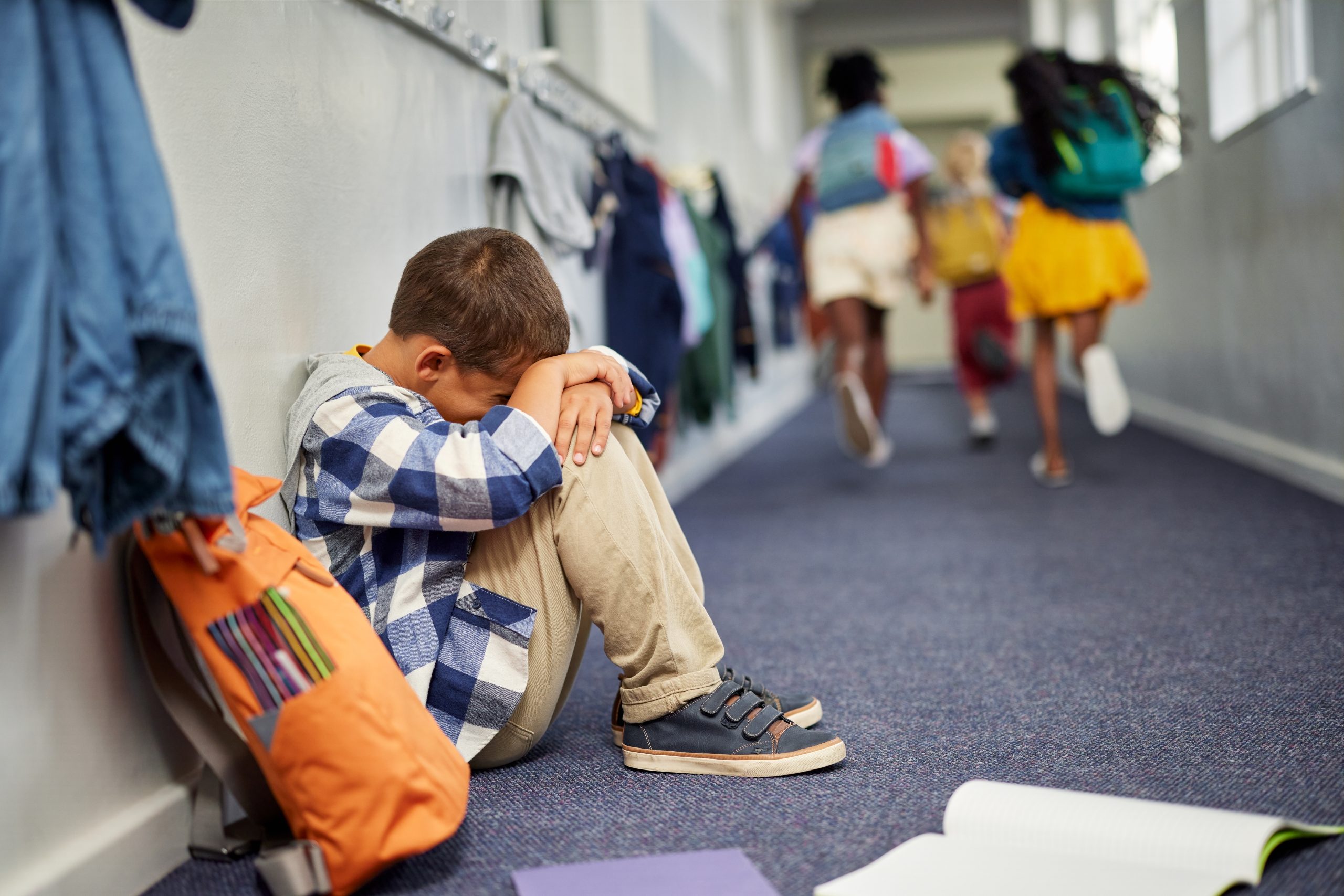All children have experienced anxiety and fear, distress, worry, and perhaps panic. However, there are children who live with these feelings either very intensely or for a long time, making it difficult for them to participate in daily routines or enjoy their relationships with others.
Phobia refers to a fear that is not justified by existing conditions or the child’s developmental indicators. This fear persists without recognizing an immediate threat; the child is excessively afraid, avoids specific conditions or objects that cause fear, and inhibits or limits important activities. Phobia is characterized by a sense of increased mobilization and an intense need for the individual to escape from the fear-inducing situation. It involves intense worry, concern, and distress without an easily identifiable object.
School phobia is defined as the child’s systematic refusal to go to school.
School phobia presents as follows: at breakfast time, the child exhibits symptoms such as nausea, vomiting, headache, stomach and abdominal pains. They also show symptoms of antisocial behavior such as temper tantrums, aggression, hyperactivity, refusal to accept food, or crying, hitting themselves, physically resisting, and begging not to be sent to school. These symptoms disappear automatically as soon as the child receives the much-desired permission from their parents to stay at home or the teacher’s permission to leave school. Usually, the “building” of the phobia has started before the onset of symptoms that ultimately prevent the child from going to school.
The child with school phobia may complain that they are being mocked or physically abused by their classmates or that the teacher is particularly strict with them. Although this may be true, usually the causes of school phobia are much deeper.
They have to do with the temperament of children (shyness, introversion, child’s dependence on adults, misinterpretation of events, negative thoughts), family factors (ways the family reacts to stress, excessive control and overprotection, or on the other hand rejection, hostility, or indifference to the child’s needs), and finally life events (bullying, moving, an illness, a death, or other daily occurrences).
By not going to school, the child attracts their parents’ attention and additionally feels safe at home. Parents generally follow this attitude when their child refuses to go to school: they persistently plead, give gifts to persuade them, then punish them if they don’t obey and get involved in arguments, and when they fail at all of this, they feel anxiety and distress about their child’s educational future. One could say that the situation becomes a vicious cycle that slows down the solution to the problem. Finally, as the days of the child’s systematic absence from school pass and gaps in lessons are created, and they distance themselves from classmates and the teacher, it becomes more difficult for them to go to school, and they prefer the safety of home.
In conclusion, school phobia is a multifactorial and multidimensional problem that involves an emotional and social dysfunction of the child but also indicates family disharmony. It is considered appropriate for parents to realize that what matters is for the child to learn to adapt to the school environment and to deal with everyday problems by training them in emotion management as well as problem-solving skills. Of utmost importance is also the restoration of normal functioning within the family. The degree of achievement of this goal will determine the extent to which the child will manage to overcome their problem and reshape their relationships with their family and social environment.
The personal involvement of the parent in every aspect of the child’s life, discussion with the child, and consistent upbringing will create a positive atmosphere and the best prospects for achieving the child’s return to school and overall success in their life.
